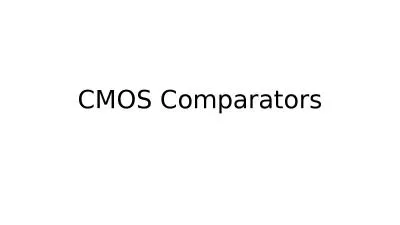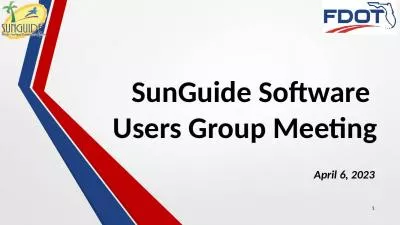PPT-Getting Input From Users
Author : briana-ranney | Published Date : 2016-03-21
Forms and Controls Principles of Form Design Make sure the user understands whats asked for any why Clear Labels with carefully chosen vocabulary Consider text explanations
Presentation Embed Code
Download Presentation
Download Presentation The PPT/PDF document "Getting Input From Users" is the property of its rightful owner. Permission is granted to download and print the materials on this website for personal, non-commercial use only, and to display it on your personal computer provided you do not modify the materials and that you retain all copyright notices contained in the materials. By downloading content from our website, you accept the terms of this agreement.
Getting Input From Users: Transcript
Download Rules Of Document
"Getting Input From Users"The content belongs to its owner. You may download and print it for personal use, without modification, and keep all copyright notices. By downloading, you agree to these terms.
Related Documents

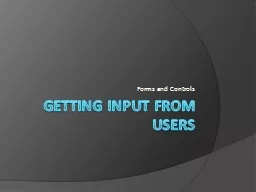
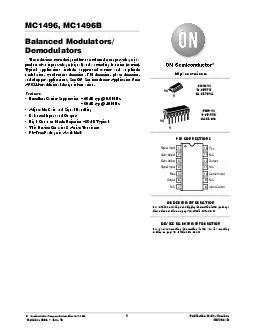
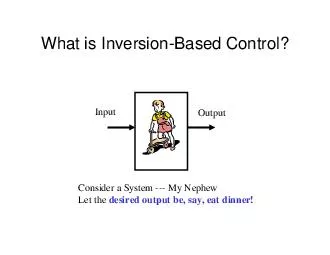
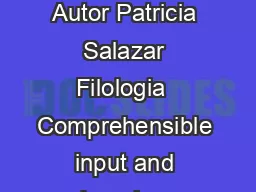
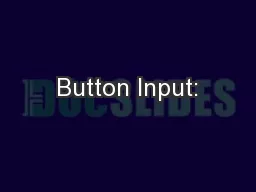
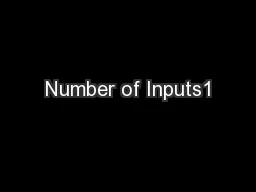
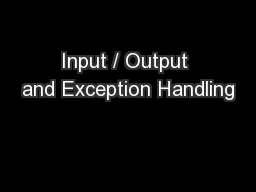
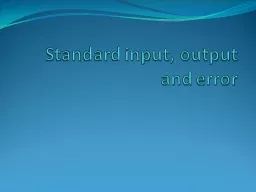

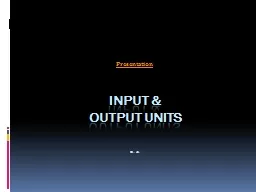
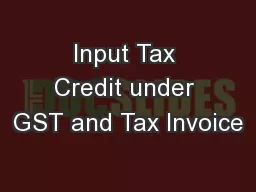
![[DOWNLOAD] - The HomeScholar Guide to College Admission and Scholarships: Homeschool](https://thumbs.docslides.com/902541/download-the-homescholar-guide-to-college-admission-and-scholarships-homeschool-secrets-to-getting-ready-getting-in-and-getting-paid.jpg)
